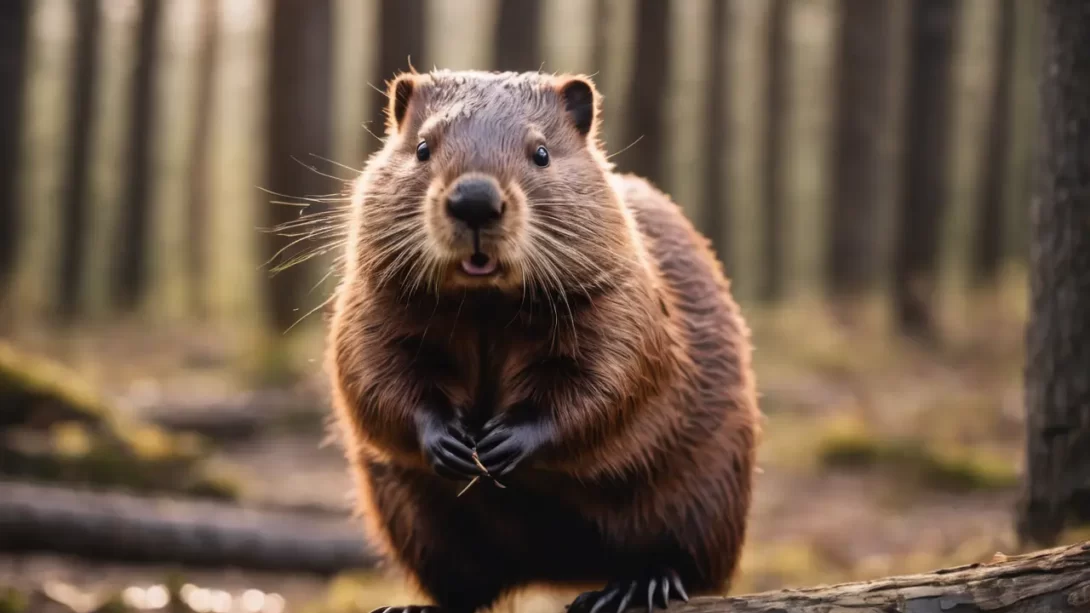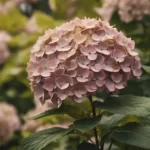When we think of beavers, the image of these industrious creatures gnawing on wood often comes to mind. This common perception leads many to wonder: do beavers actually eat wood? The aim of this article is to dispel myths and provide a factual understanding of the beaver’s diet. It’s a fascinating exploration that not only clarifies a common misconception but also highlights the unique behaviors of these remarkable animals.
Beavers and Their Behavior
Beavers, known scientifically as Castor species, are large, semi-aquatic rodents famed for their dam-building skills. They primarily inhabit freshwater environments like rivers, streams, and ponds. Beavers are renowned ecosystem engineers, significantly altering landscapes to create suitable habitats. One of their most notable behaviors is wood-chewing, which is primarily for constructing dams and lodges rather than for nutritional purposes. This distinction is crucial in understanding the real diet of beavers and separating fact from common folklore.
The Actual Diet of Beavers
Contrary to popular belief, beavers do not eat wood. They are herbivores, and their diet primarily consists of aquatic vegetation, leaves, bark, and twigs. The inner bark of trees, cambium, is a significant part of their diet. Cambium is the soft, growing tissue layer just beneath the bark of trees, rich in sugars and nutrients. In addition to cambium, beavers also feed on a variety of water plants, roots, buds, and shoots, depending on the availability in their habitat. This diet provides the necessary nutrients and energy for their active, labor-intensive lifestyle.
How Beavers Process Wood
Beavers are equipped with strong, sharp incisors that grow continuously throughout their lives. These teeth are perfectly adapted for gnawing through wood, which is crucial for their survival but not in the way many assume. The primary purpose of this wood-chewing behavior is for building and maintaining their dams and lodges. Beavers meticulously chew through tree trunks and branches to gather materials for these structures, which provide safety and stability in their aquatic habitats. It’s important to clarify that while beavers are adept at processing wood with their teeth, they do not consume the wood as part of their diet.
Seasonal Variations in Beaver Diets
The diet of a beaver changes with the seasons, adapting to the availability of food sources. During spring and summer, their diet is more diverse, consisting of a variety of aquatic plants, leaves, and the soft cambium of trees. As winter approaches and vegetation becomes scarce, beavers shift their focus to storing food. They create caches of branches and twigs underwater near their lodges, which they access during the frozen months. This winter stash is not for eating the wood itself, but rather for accessing the nutritious cambium beneath the bark.
Understanding the beaver’s seasonal diet is key to appreciating their complex relationship with their environment. It also sheds light on their remarkable ability to prepare for and adapt to different seasonal challenges.
The Impact of Beaver Diets on Ecosystems
Beavers, through their dietary and dam-building activities, play a significant role in shaping their ecosystems. Their habit of felling trees and consuming vegetation can drastically alter landscapes, creating wetlands that support a diverse range of wildlife. This activity often enhances the ecological richness of an area, promoting biodiversity. However, beaver behavior can sometimes conflict with human interests, such as when they fell trees in populated areas or affect water flow with their dams.
The Impact of Beaver Diets on Ecosystems
Beavers have a profound impact on their ecosystems through their feeding habits and construction activities. By felling trees and feeding on vegetation, they create dynamic wetlands that serve as vital habitats for a variety of species. These wetland environments foster biodiversity, providing homes for birds, fish, amphibians, and other wildlife. Moreover, the ponds and waterways created by beaver dams can help in water purification and contribute to the overall health of the watershed.
However, beaver activity can sometimes clash with human interests. Their penchant for cutting down trees can cause conflicts in populated areas or with landowners concerned about timber or land. Additionally, the dams built by beavers can lead to flooding or changes in water flow that affect human land use. Balancing the ecological benefits of beavers with these challenges requires thoughtful management and conservation efforts.
Conclusion
To conclude, beavers do not eat wood, contrary to popular belief. Their diet primarily consists of aquatic vegetation, cambium, and other plant materials, making them herbivores. The wood-chewing behavior often associated with beavers is, in reality, a part of their instinctual need to build and maintain dams and lodges. Understanding the true diet of beavers and their role in the ecosystem allows for a greater appreciation of these remarkable animals. Their activities significantly influence the landscapes they inhabit, contributing to ecological diversity and environmental health. Recognizing the importance of beavers in our ecosystems is crucial for their conservation and the management of the natural environments they help shape and sustain.




